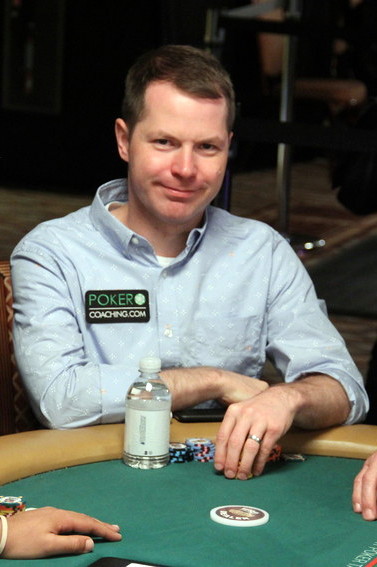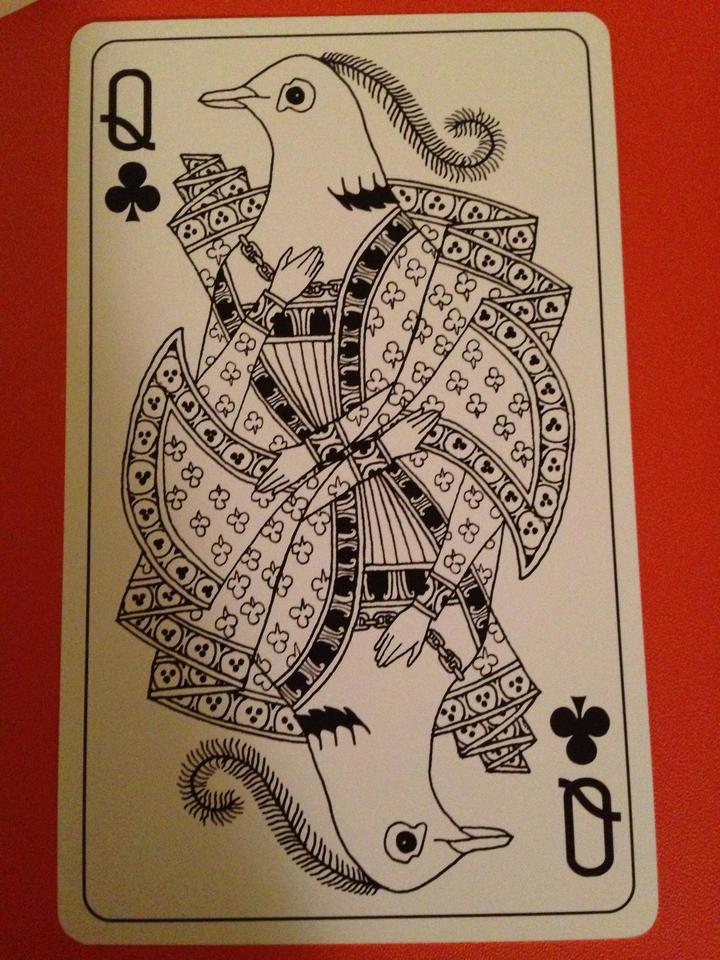
 I was recently reviewing the hands of one of my new students who mainly plays no limit cash games for 1$-2$ and 1$-3$ in live casinos when this interesting spot came up. At 1-$3, everyone folded to capture, a decent loose aggressive player who raised to $10 from his effective stack of $207. Button folded and my apprentice called from the small blind with A
I was recently reviewing the hands of one of my new students who mainly plays no limit cash games for 1$-2$ and 1$-3$ in live casinos when this interesting spot came up. At 1-$3, everyone folded to capture, a decent loose aggressive player who raised to $10 from his effective stack of $207. Button folded and my apprentice called from the small blind with A 8
8 .
.
While this check may seem standard to most players, it is actually a serious mistake. Especially when you're out of position, you have to watch out for big raises with any hand because of your poor position.
When you flop a premium hand, you'll have a hard time extracting value, and when you flop a marginal hand, your opponent decides how much money goes into the pot. My student should have folded, which is a pretty good option. Or he can 3-bet, taking control of the pot.
To clarify this point, imagine that the flop came K-7-4. If you 3-bet pre-flop with A 8
8 and you make a continuation bet on that flop, your opponent will almost certainly fold unless he improves to at least a pair, which will only happen by 30%
and you make a continuation bet on that flop, your opponent will almost certainly fold unless he improves to at least a pair, which will only happen by 30%
By playing aggressively, you will win many pots where you have the worst hand. Compare this to what happens when you call an opponent's pre-flop raise. You check the K-7-4 flop, your opponent raises and then folds. This will cause your opponent to steal your pot.
I understand that playing aggressively can be uncomfortable at first, but you just have to learn to use aggression if you want to be successful at poker. Be sure to check out the bluffing courses on my training site PokerCoaching.com/cardplayer.
This time the flop was A K.
K. J.
J. , giving my student top pair with a weak kicker. My student called, the takeover bet $30 into the pot $39 and my student called.
, giving my student top pair with a weak kicker. My student called, the takeover bet $30 into the pot $39 and my student called.
This is exactly the type of flop my student doesn't want to see. He often has the best hand, but if there is significant money in the pot, he is usually squashed. While I don't mind check/call on the flop, this situation tends to get pretty nasty on the river.
The turn came 7 . My student called, the takeover bet $39 into the $50 pot and my student called.
. My student called, the takeover bet $39 into the $50 pot and my student called.
At this point, I think it's right to play tight. Note that there are very few hands with value that a competent player would place on a hijack spot that my apprentice will beat. The best my student can hope for is that he bets this takeover with a slightly worse hand like A-5 or KQ, or that he completely bluffs with a card like 000-9.
Instead of focusing only on the hands you win, you should also look for hands that would bet the way you lost. There are many hands that A-8 loses to.
River is 5 . My student called, the takeover bet $99 on $179 pot and my student called.
. My student called, the takeover bet $99 on $179 pot and my student called.
Despite the great pot odds, again, I'm not a fan of calling. The only hands my apprentice is winning at this point are massively overvalued marginal made hands (which many competent players wouldn't bet on) and total bluffs. I also don't think many players will raise this river bet as a bluff, although some may.
This time the hijack showed AQ, which gave him a nice pot. In most small to mid-stakes games, when someone bets on the flop, turn and river, you should assume they have a reasonably valued hand, unless you have good reason to believe otherwise. ♠
Jonathan Little is two-time WPT champion with over $7 million in live tournaments, bestselling author of 15 educational poker books and 511 GPI Poker Personality of the Year. If you want to improve your poker skills and learn how to win games, check out his training page at PokerCoaching.com/cardplayer.
511

